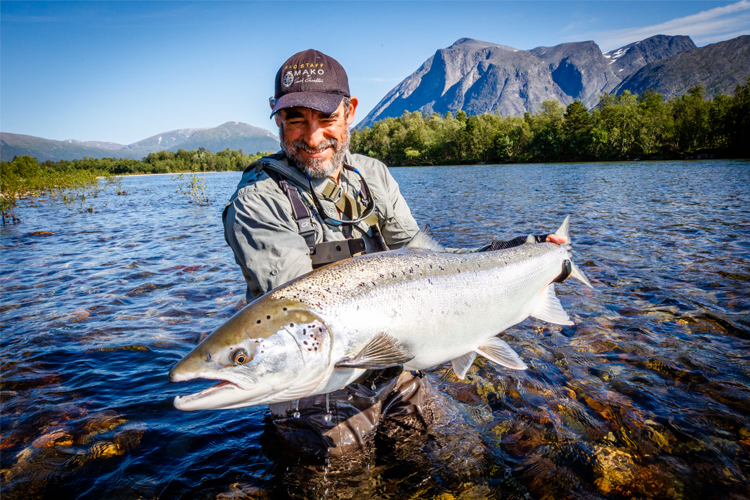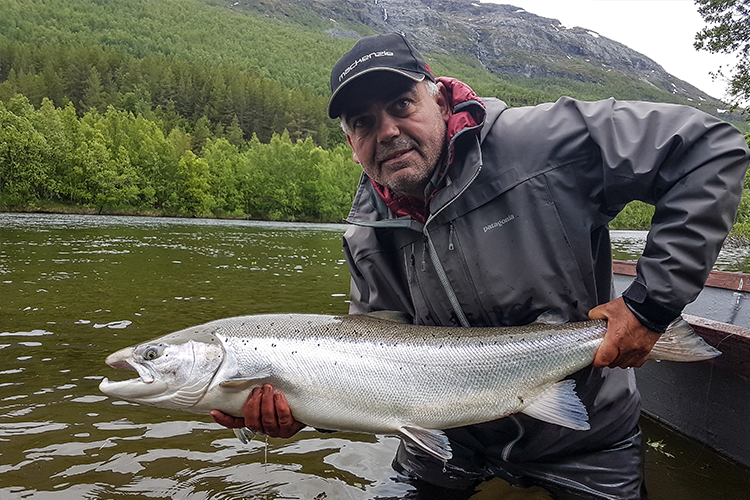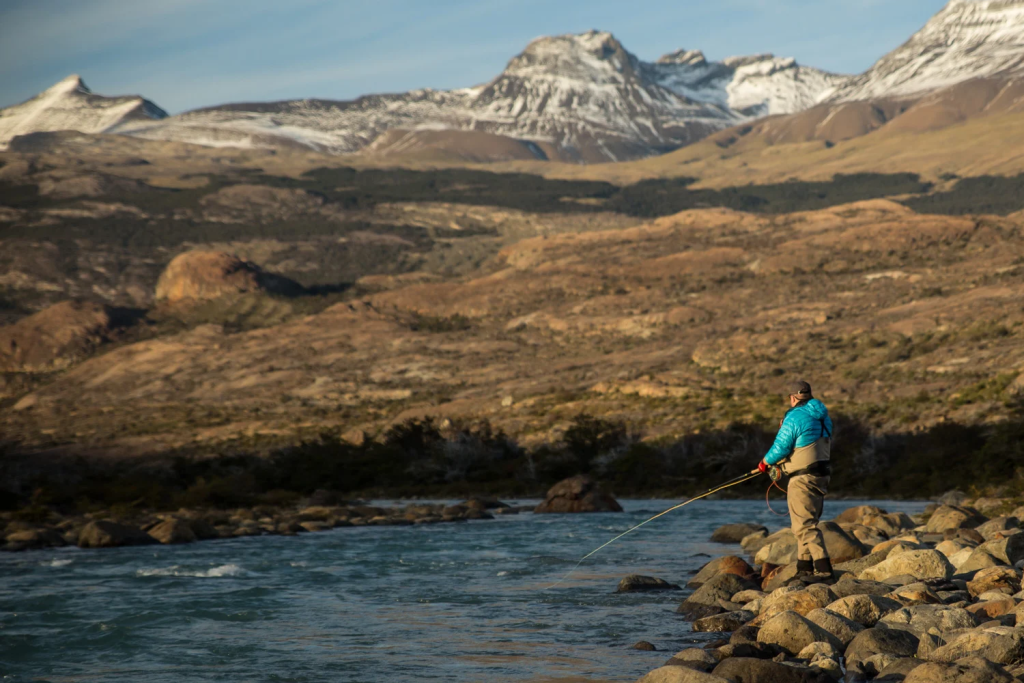Species: Atlantic Salmon
Scientific Name: Atlantic Salmon Salmo salar
Also known as: Bay Salmon, Black Salmon, Caplin-Scull Salmon, Sebago Salmon, Silver Salmon, Fiddler, or Outside Salmon. At different points in their maturation and life cycle, they are known as Parr, Smolt, Grilse, Grilt, Kelt, Slink, and Spring Salmon
ATLANTIC SALMON Description
Wild Atlantic Salmon are anadromous, which means that Atlantic Salmon live in both fresh and saltwater. They have a relatively complex life history that begins as eggs in rivers systems where they grow into juveniles before migrating to saltwater to grow and mature before returning to back to freshwater as adults to spawn. Unlike Pacific Salmon, Atlantic Salmon try to return to the sea after spawning to replenish all the weight they have lost through the stressful process. Not all Salmon will make it back as for many the stress can be too much. However, for the ones that do make the whole journey they will be ready to return to their spawning grounds again after a couple of years rest. It is these fish that are multi spawning fish that tend to be the larger specimens all anglers wish to target.
Young Salmon that are still in freshwater rivers are Parr, at this stage, the fish have brown to bronze-coloured bodies with dark vertical bars and red and black spots. These markings are designed as camouflage to help protect them from predators. Once the Parr are ready to migrate to the ocean, their appearance changes their vertical barring disappears and they become silvery with nearly black backs and white bellies. When they are adult fish they are ready to return to freshwater to spawn in their original breeding grounds. They become a very bright silver with speckled black spots. Once Atlantic Salmon spend some time in fresh water, they darken to a bronze colour before spawning in the Autumn. After spawning adult fish which are now referred to as Kelts can darken further so are often referred to as Black Salmon.” Once adults return to the ocean, they revert to their counter-shaded colouration dominated by silver.
Atlantic Salmon that return to rivers to spawn will tend to be on average 4 years old, these fish will have spent 2 years in the freshwater rivers as Parr before spending the last 2 years at sea feeding and packing on weight. These fish are often referred to by anglers as 2 sea winter fish and they would be on average around the 8lb to 12 lb range. Juvenile fish that return after just one season out to sea are known as Grilse and by their nature will be smaller fish.
Atlantic Salmon Average Size:
The average size of this species is between 8lb to 12lb, however, it is still possible to catch smaller salmon around the 4lb upwards mark right through to fish of a lifetime over 40lb.
Where to catch Atlantic Salmon:
There are three groups of Atlantic Salmon: North American, European, and Baltic. These groups are found in the waters of North America, Iceland, Greenland, Europe,Russia and England and Wales. Atlantic Salmon spawn in the coastal rivers of north-eastern North America, Iceland, Europe, and north-western Russia. As these groups of fish return to their respective rivers, it is here where fly fisherman from all over the world target the King of all Salmon the bright chrome Atlantic Salmon.
For travelling anglers from the UK looking for better Salmon fishing due to the unfortunate decline in populations of Atlantic Salmon in Scottish rivers, the most popular destinations are places such as Norway on the Gaula River, Reisa River and Orkla River. In Eastern Canada, famous rivers for Atlantic Salmon are Bonaventure and Grand Cascapedia, Petite Cascapedia and Sainte-Anne River. In Sweden, there are some great wild rivers and as Sweden is not so well know with travelling anglers the rivers tend to have less pressure which means good wild populations. These rivers include Byske River, Sävar River and Ore River.
Atlantic Salmon Fishing Methods:
Atlantic Salmon fishing can be conducted with single-handed rods mainly but only on small rivers. The traditional method is Spey casting. This involves the use of a double-handed rod, which is not just there to try and help you cast further but also to help you control your line. Although there are many variants anglers mainly cast downstream a little from the 12 o’clock position and then allow the fly line to swing the fly across the current and river towards the bank. Normally an angler will start at the head of a poll/beat and fish their way down, taking 2 steps after 2 casts. Once at the end of the pool/beat it is best to take a break to relax the river before starting the process again.
The variety of flies is huge and they all have their place on the right day, right time and right water temperature. The majority of times anglers will use wet flies, that sink below the surface. Some of these flies are also fished on both plastic and metal tubes to allow a fly to sink quicker and deeper. There are other flies that can be used such as dry flies which stay on the surface like a falling leaf. The rivers in Quebec are famous for this and there is nothing more exciting than watching an Atlantic Salmon rise up to take your fly off the surface. In other locations such as Iceland and Russia, skated flies or waked flies are used across the surface.
Contact Us
If you want to learn more about the best places to catch Atlantic Salmon and the methods to use, contact our expert team on 01603 407596 or email peter@sportquestholidays.com. They will be happy to answer any questions you have. To watch our playlist of Atlantic Salmon videos visit our dedicated Youtube Playlist here.
Tight lines,
Peter











